It's a common mistake to think thermal and night vision are the same. In reality, they are two very different technologies for seeing at night; one detects heat while the other amplifies light. Understanding the difference is crucial for choosing the right tool for your needs. This guide will explain how they work, what they're good at, and help you decide which is the better fit for you.
How They Work: Seeing Light vs. Seeing Heat
Before comparing them, it’s helpful to know the basic science behind each. One needs a little bit of light, and the other needs none at all.
Night Vision Works by Amplifying Light
A night vision device works by taking the tiny amount of light in a dark environment—from the moon, stars, or distant city glow—and making it bright enough for you to see. It can also use infrared light, which is invisible to our eyes.
Inside the device, light particles enter a tube that converts them into electrons. These electrons are then multiplied thousands of time before hitting a phosphor screen, which lights up to create the image you see. This is what produces the green or blue view associated with night vision.
Because it needs some light to work, traditional night vision is useless in a place with zero light, like a sealed room. To solve this, most units have a built-in infrared (IR) illuminator. Think of it as a flashlight that only night vision devices can see. The quality and price of these devices are often tied to their "Generation." Gen 1 is the most affordable but has a less clear image. Gen 2 is a major step up in clarity and low-light performance. Gen 3 and Filmless units are top-of-the-line, used by the military for the sharpest, brightest images.

Thermal Imaging Works by Detecting Heat
Thermal imaging ignores light and instead sees heat. Every object, whether it’s an animal, a person, or a car engine, gives off thermal energy. A thermal scope detects these minute differences in heat and creates a picture from them.
A special lens focuses the heat energy onto a sensor, which builds a detailed heat map of the area. The device’s processor turns this data into a visible image. This means a thermal imager works in complete darkness and can even be used during broad daylight. Its performance isn't measured in generations but by two key numbers:
- Sensor Resolution: Think of this as the number of pixels in your thermal image. A higher resolution (e.g., 640x480) packs more pixels onto a target, giving you a much sharper, clearer picture than a standard resolution (e.g., 384x288). This practical difference means that at a distance, you are better able to identify what you are looking at, not just see a warm blob.
- Refresh Rate: Measured in Hertz (Hz), this is how many times per second the image on your screen updates. A low refresh rate (like 9Hz) can cause the image to lag or stutter, especially when you are scanning across a landscape or trying to track a moving animal. A high refresh rate (30Hz or 60Hz) provides a smooth, fluid image, making it much easier to follow targets in motion.
The image is shown in different color palettes. "White-Hot," where warm things are white, and "Black-Hot," where warm things are black, are the most common for spotting targets.

Thermal Scope vs. Night Vision: Key Differences in Performance
Knowing how they work makes it easier to understand their strengths and weaknesses in the field. The most important difference comes down to spotting something versus knowing what it is.
Detection vs. Identification
This is the main trade-off. Thermal is for detection; night vision is for identification.
A thermal scope is extremely effective at detection because a warm body stands out against a cooler background. It doesn't matter if a person or animal is wearing camouflage or hiding in brush—their heat signature gives them away. However, that heat signature is often just a blob of color. You can see that something is there, but you might not be able to tell what it is.
Night vision, on the other hand, gives you a detailed image with texture and depth. It lets you identify a person's face or tell the difference between a coyote and your neighbor's dog. As we discussed, because it works by amplifying light, it won't see through foliage any better than your own eyes, and camouflage works against it.
Performance in Different Conditions
This core difference also dictates how each device performs in challenging environments.
- In Total Darkness: Thermal has the advantage. As it detects heat, it requires zero light to function. A night vision device would need its IR illuminator, which can be seen by others using night vision.
- In Bad Weather: Thermal can see through smoke, dust, and fog far better than night vision. The heat energy it detects passes through these particles, while the light that night vision relies on is blocked or scattered.
- Foliage and Cover: A thermal imager can easily spot the heat signature of a target hidden in tall grass or behind bushes. Night vision is blocked by this kind of cover, just like your eyes are.
- During the Day: Thermal imaging can still be used effectively during the day because it works by detecting temperature differences, allowing the user to quickly distinguish heat-emitting objects. In contrast, night vision is much less effective during the day, and bright light can permanently damage its internal components.
Navigation and Judging Terrain
When it comes to simply moving around in the dark, night vision is the superior tool. It provides a more natural-looking image with texture and depth perception, which is crucial for walking on trails or driving without tripping or misjudging your path. A thermal imager produces a flat, two-dimensional heat map. While great for spotting, this makes it very difficult to judge distance or see subtle changes in terrain, making it a poor and disorienting choice for navigation.
Analysis of Technological Pros and Cons in Various Applications
Choosing the right device depends on understanding how each technology performs in a specific mission. The following is an analysis of the respective advantages and disadvantages of Night Vision (NV) and thermal imaging in several common scenarios to help you make an informed decision based on your needs.
For Hunting
In hunting, two core tasks are essential: detecting the animal and, after positive identification, taking a safe shot.
Thermal Imaging:
Advantages: Its key advantage is superior detection. Because it detects temperature differences, it can easily spot an animal's heat signature against a cooler background, regardless of whether the animal is in foliage, shadows, or camouflage. This makes it highly efficient for scanning large areas and initial target acquisition.
Disadvantages: The primary drawback is its limited identification capability. A thermal imager provides a heat map; at a distance or without sufficient detail, a target may appear as just a "warm blob," making it challenging to identify the exact species, size, or specific features, which is a problem when precise identification is required.

Night Vision:
Advantages: NV amplifies ambient light to render a more detailed image, which better helps the user observe a target's outline, texture, and features. This is critical for the positive identification required for a legal and ethical shot.
Disadvantages: Its effectiveness is highly dependent on ambient light (e.g., from the moon and stars). In very low-light conditions, the image can be grainy and clarity reduced. It functions more like a "low-light telescope," enhancing your vision in the dark rather than creating a perfect image. It cannot penetrate dense foliage or camouflage and does not guarantee a 100% clear lock on a target under all conditions.
For Security
The goal for home or property security is to detect a potential threat early and then correctly identify its nature.
Thermal Imaging:
Advantages: It is ideal for early warning. It can detect the heat signature of a person or large animal from a distance in complete darkness, allowing the user to observe without revealing their position. It can also penetrate obscurants like smoke and light fog to some degree, which is a major advantage in adverse weather.
Disadvantages: Similarly, its weakness is in identification. You will know "something" is there, but based on the heat signature alone, it is difficult to immediately distinguish a person from a large pet, which could lead to unnecessary alarm or misjudgment.
Night Vision:
Advantages: Once a potential target is detected, the detail provided by NV helps with identification. By observing the target's shape and behavior, you can better assess its threat level and decide on the next course of action.
Disadvantages: Its effective range and clarity are limited by ambient light and weather conditions. A target in deep shadow or wearing dark clothing may be less conspicuous than with thermal imaging.
For Tactical Use
Tactical teams often use both technologies in conjunction, assigning them to roles where they perform best.
Thermal Imaging:
Advantages: It is invaluable for surveillance and search operations. It can detect the heat signatures of hidden suspects, who remain visible even through some forms of cover like smoke or foliage.
Disadvantages: The flat, two-dimensional image lacks depth perception, making it unsuitable for rapid movement or close-quarters navigation, as it can be disorienting. Relying on heat signatures alone also carries risk when rapid friend-or-foe identification is necessary.

Night Vision:
Advantages: It provides superior depth perception and image detail, which are essential for navigating environments safely, maintaining situational awareness in close quarters, and positively identifying friendly vs. hostile targets.
Disadvantages: It relies on light and cannot penetrate visual obstructions. In no-light situations, it requires an infrared (IR) illuminator, which can reveal the user's position to others equipped with night vision devices.
For Navigation and Hiking
For activities centered on movement, such as hiking, camping, or boating at night, the ability to perceive the environment is the primary consideration.
Thermal Imaging:
Advantages: It can detect heat-emitting objects, such as animals or other people, from farther away and earlier, which helps in avoiding potential risks.
Disadvantages: It is a comparatively poor tool for navigation when compared to night vision. The flat, two-dimensional image produced from heat signatures lacks depth perception, making it significantly more difficult to judge terrain, estimate distances, or avoid obstacles like holes and roots. This can lead to disorientation and makes navigating the terrain less safe.
Night Vision:
Advantages: It is far more suitable for navigation than thermal imaging. By enhancing vision, it provides an image of the environment with texture and depth, allowing you to see the path, identify terrain, and avoid hazards more naturally and safely in the dark.
Disadvantages: As in other applications, its clarity and effectiveness depend on the amount of available ambient light.
How About Combining Thermal Scope with Night Vision?
While most users choose between thermal and night vision, some advanced systems allow you to get the benefits of both without having to switch devices. These options are typically for users with very specific needs and larger budgets.
One flexible solution is a clip-on system. This is a separate thermal or night vision unit that mounts directly in front of your standard daytime scope. This allows you to add night-time capabilities to your existing setup, providing a convenient way to use a familiar rifle and optic.
The most cutting-edge technology is fused vision. These devices merge a thermal image and a night vision image into a single, combined picture. This gives you the best of both worlds simultaneously: the powerful heat detection of thermal overlaid on top of the clear, identifiable image from night vision. While this provides an unmatched level of situational awareness, this technology is the most expensive option on the market.
Assess Your Primary Objective!
The choice between thermal and night vision isn't about which one is better, but which is the right tool for your specific situation. Think about what you need to accomplish. If your main goal is to find a heat source—whether it’s an animal in a field or a person on your property—thermal imaging scope is the tool you need. If your primary task is to identify a subject clearly and navigate safely in the dark, then night vision is the correct choice. By focusing on your main objective, you can confidently equip yourself for whatever you do after the sun goes down.
FAQ About Thermal Scope and Night Vision
Q1: What is the main difference between thermal and night vision?
The simplest way to understand it is that night vision needs some light to work, which it makes brighter so you can see. Thermal vision needs no light at all because it sees heat instead. This fundamental difference determines what each device is good for.
Thermal Pistol Sights Fast Mini FMP13
Q2: Which one is better for seeing through fog or bushes?
Thermal is far better for seeing through environmental obstructions. A thermal scope detects heat, which can pass through obscurants like fog, dust, smoke, and even physical cover like tall grass or bushes. Night vision relies on light and will be blocked by these things, just like your own eyes are.
Q3: Can I use these devices during the day?
A thermal scope works perfectly fine during the day or at night, as it only cares about heat, not light. However, you should not use a traditional night vision device in the daylight, as thebright light can overwhelm and cause permanent damage to its internal components.
Q4: For hunting, should I choose thermal or night vision?
There is no single answer, as the best choice depends on your specific hunting style and needs. Each technology excels at a different, crucial task:
- Thermal imaging is superior for detection. Its strength is in easily spotting an animal's heat signature from a distance, regardless of cover like foliage or conditions like complete darkness.
- Night vision is superior for identification. It provides a much more detailed image, which is critical for positively identifying the animal to ensure a legal and ethical shot.
You should assess your primary need: if your main challenge is finding an animal in the first place, thermal is more advantageous. If your priority is clearly identifying a target, night vision is the better tool for the job.
Q5: Is it possible to get both thermal and night vision in one scope?
Yes, this technology is called "fused vision." These advanced devices merge a thermal image on top of a night vision image, giving you the heat-detection power of thermal and the identification detail of night vision at the same time. While this offers incredible awareness, it is also the most expensive option available.

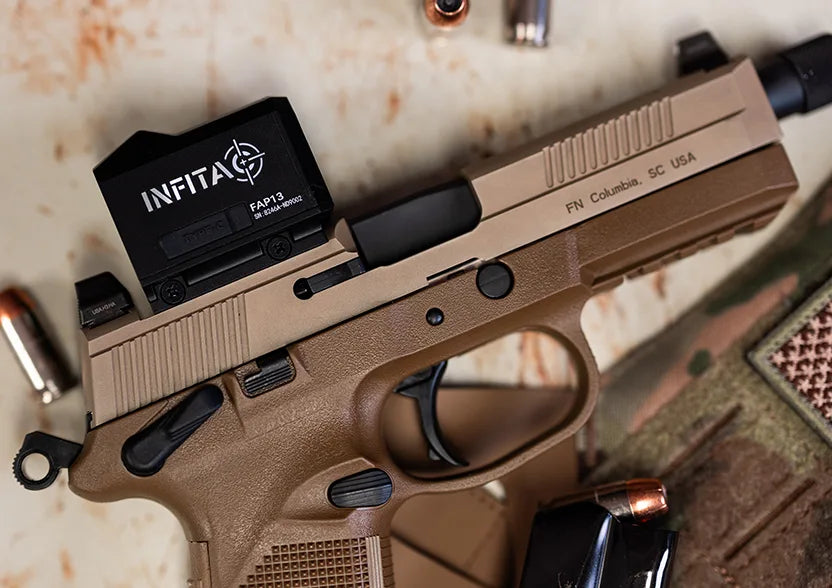
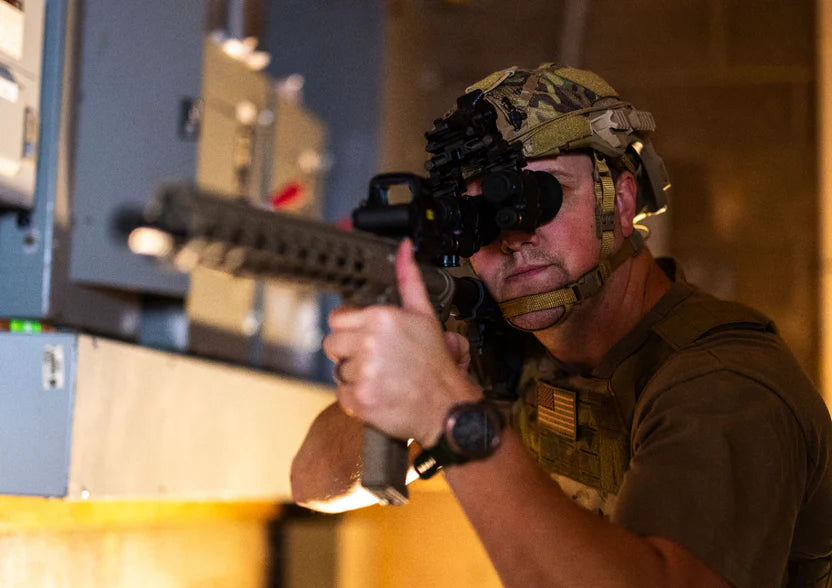
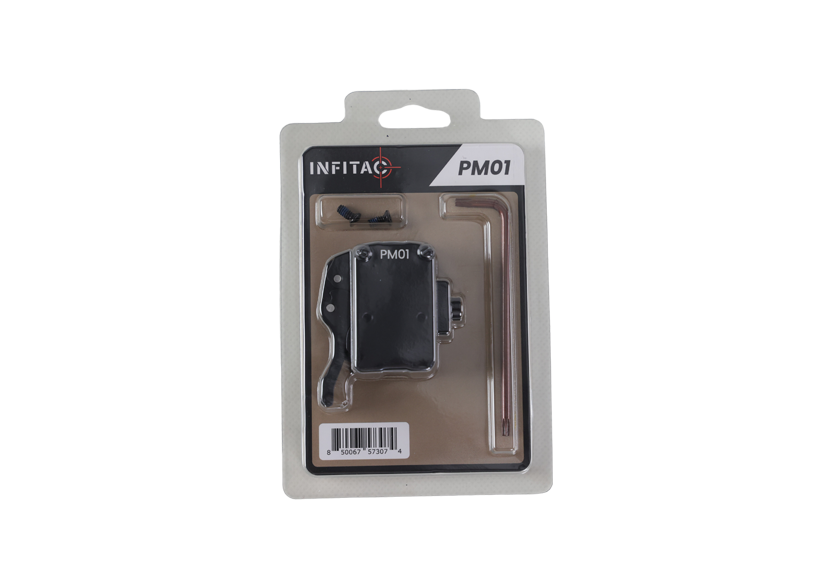

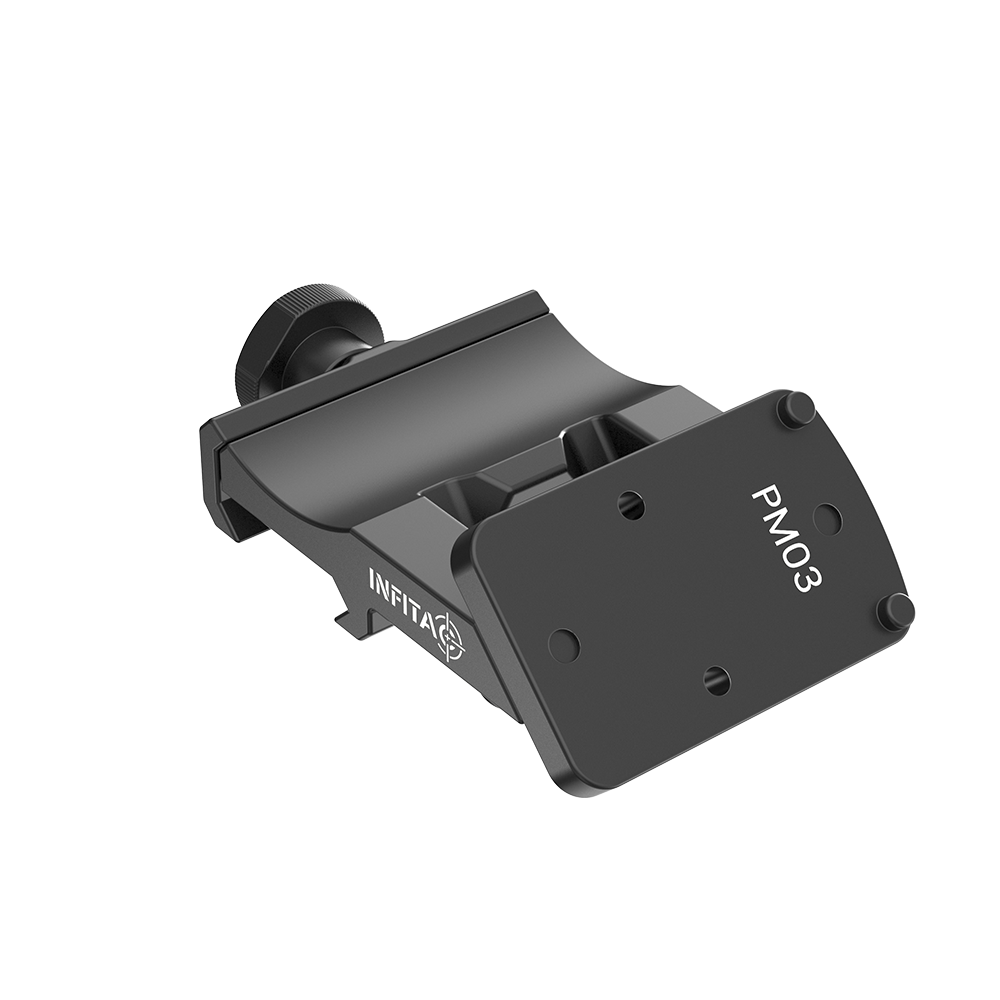
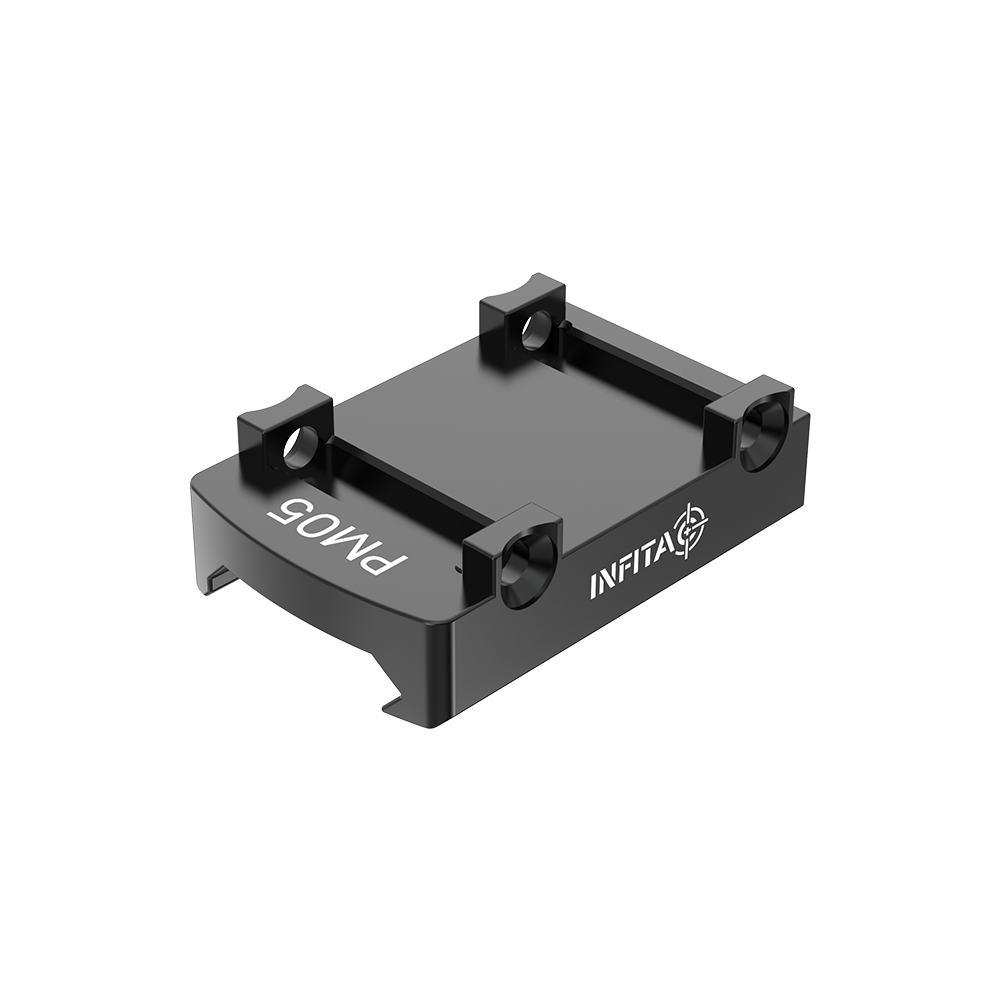

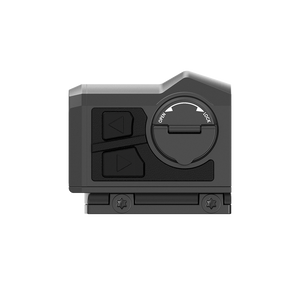

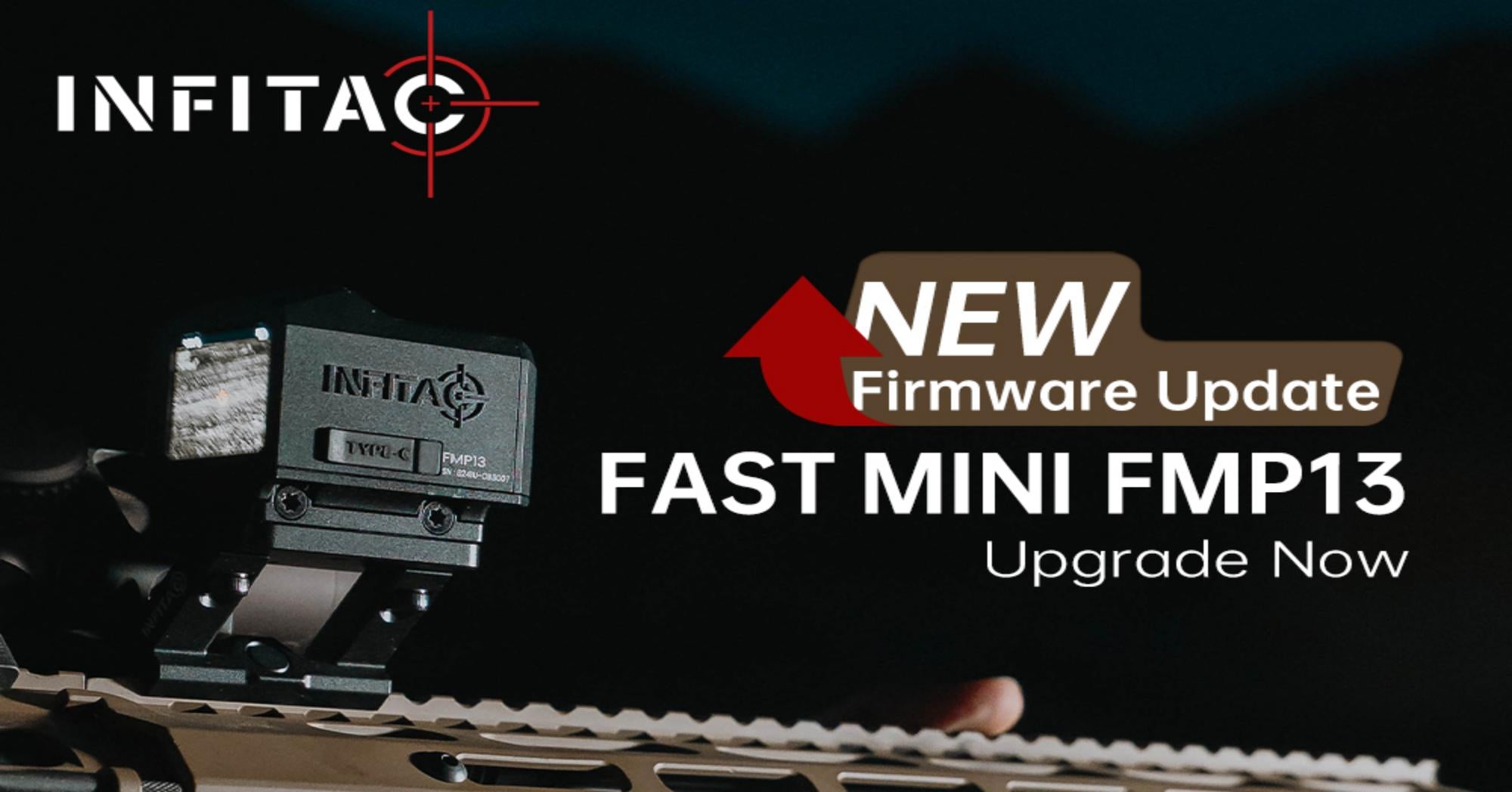
Leave a comment
This site is protected by hCaptcha and the hCaptcha Privacy Policy and Terms of Service apply.